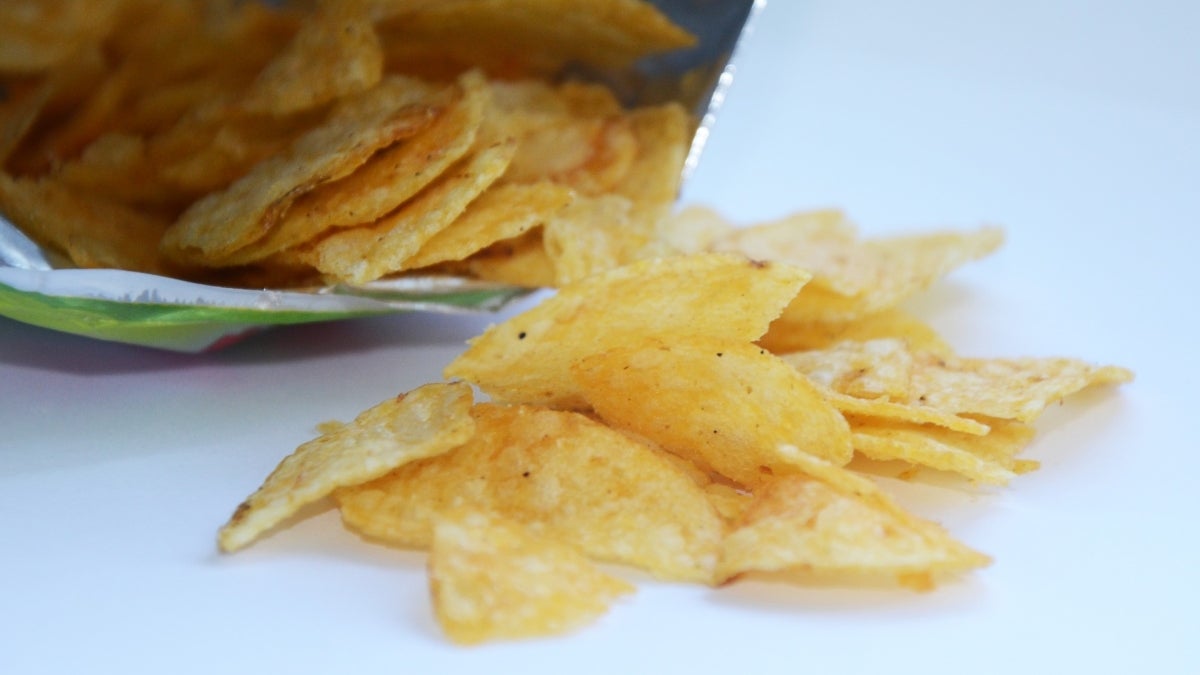Bet you can't eat just 100: Labels, keywords affect consumer mindset about diet foods

In 2004, Kraft introduced a line of 100-calorie mini packs of some of their most popular snack foods, launching a snacking revolution. The smaller portions appealed to calorie-conscious shoppers and generated more than $75 million in sales that first year. Today, grocery store aisles are filled with the smaller-portioned bags and boxes, yet very little is known about how the package labeling and descriptions affect consumer preference.
Christopher Lee, marketing professor in the W. P. Carey School of Business, conducted a study to better understand how numerical and descriptive cues on 100-calorie packs affect consumer preference — and whether one calorie really makes a difference.
Question: If someone is faced with buying a 99-calorie pack, 100-calorie pack, or 101-calorie pack — which one are they more likely to choose? Does one calorie in either direction really make a difference?

Christopher Lee
Answer: In our research, respondents generally had more favorable attitudes to products with distinctive calorie information — 99 and 101— as opposed to nondistinctive — 100.
Another way to think about the results of our study is through the lens of pricing. Consumers tend to prefer things that end in 99, such as $5.99, even though the extra cent isn’t financially meaningful. It is not by accident that many of the products consumers buy — such as food and gas — tend to end with .99.
Our research is suggesting that, similar to pricing, a one-calorie difference may influence our perceptions about a product. That being said, attitudes and purchase intentions were the same for 99 or 101 calories, so it isn’t the direction of difference but rather the uniqueness of the calorie count.
Q: What happens to consumer preference when labels include a calorie count and descriptive words, like “mini” or “jumbo”? Does adding words make a difference?
A: Words do make a difference. When a consumer sees “jumbo” they think big, and when a consumer sees “tiny” they think small. Those words set a reference point, or expectation, of what the consumer will receive.
In our study, respondents rated products more favorably when “tiny” was paired with 99 calories than when it was paired with 100 calories. Similarly, respondents rated products more favorably when “jumbo” was paired with 100 calories than 99 calories.
When the descriptive words and calorie count didn’t align, for example “99 calories” and “jumbo”, consumers rated the products less favorably. Both the descriptive words — “jumbo” versus “tiny” — and calorie count — 99 versus 100 — combine to set an expectation. Aligning the descriptive words on the packaging with the calorie count on the nutrition label makes it easier for the consumer to process while also setting a consistent expectation of what the consumer will receive.
Q: What can food marketers take away from your research when it comes to consumer preference and package labeling?
A: Calorie counts are heavily regulated by the Food and Drug Administration. FDA guidelines state that food with more than 50 calories should be rounded to the nearest 10 calories to allow for natural variability in products based on weather, soil, processing, etc. That is why when you’re shopping at a grocery store, you never see 99 calories or 101 calories.
Food marketers could potentially lobby the FDA for more flexibility with calorie counts given our research shows small calorie differences can influence perceptions. One option could be a compromise between marketers and policy makers that keeps calorie counts rounded to the nearest 5 or 10 calories on the nutrition label but allows the marketer to have an asterisk on the packaging outside of the nutrition-facts panel to indicate the actual calorie count.
In addition, food marketers should be aware of the relationship between package labels and calorie counts. Our research shows that both the calorie count and package labeling make meaningful differences in health perceptions.
Top photo courtesy of Pixabay
More Law, journalism and politics

ASU committed to advancing free speech
A core pillar of democracy and our concept as a nation has always been freedom — that includes freedom of speech. But what does that really mean?Higher education doesn’t have an agenda to curate a…

ASU experts share insights on gender equality across the globe
International Women’s Day has its roots in the American labor movement. In 1908, 15,000 women in New York City marched to protest against dangerous working conditions, better pay and the right to…

ASU Law to offer its JD part time and online, addressing critical legal shortages and public service
The Sandra Day O’Connor College of Law at Arizona State University, ranked 15th among the nation’s top public law schools, announced today a new part-time and fully online option for its juris doctor…